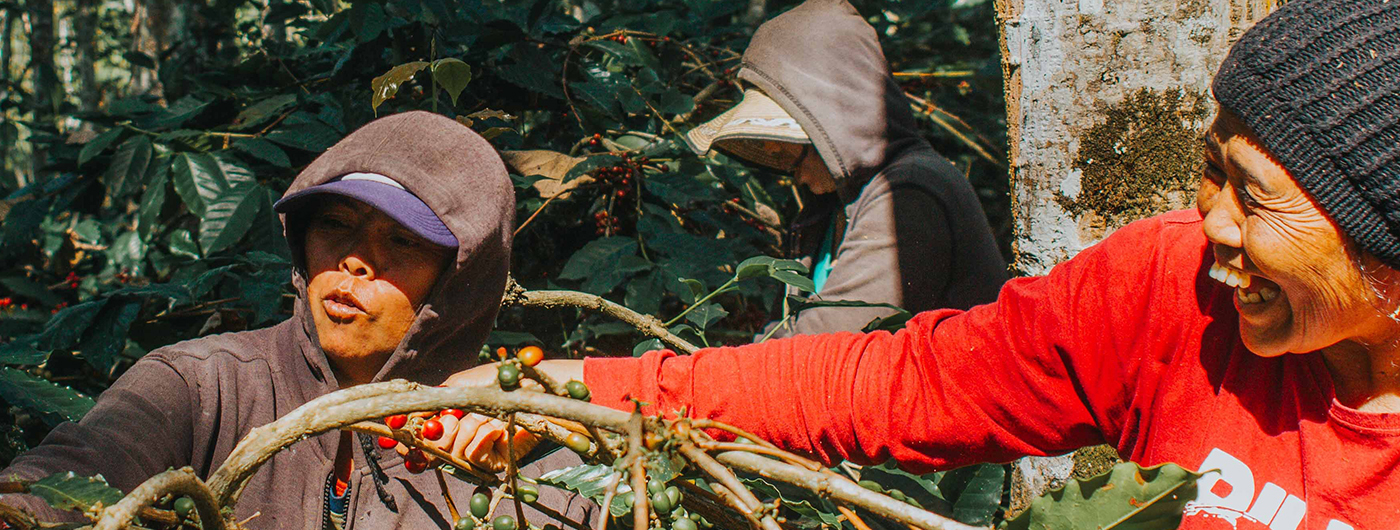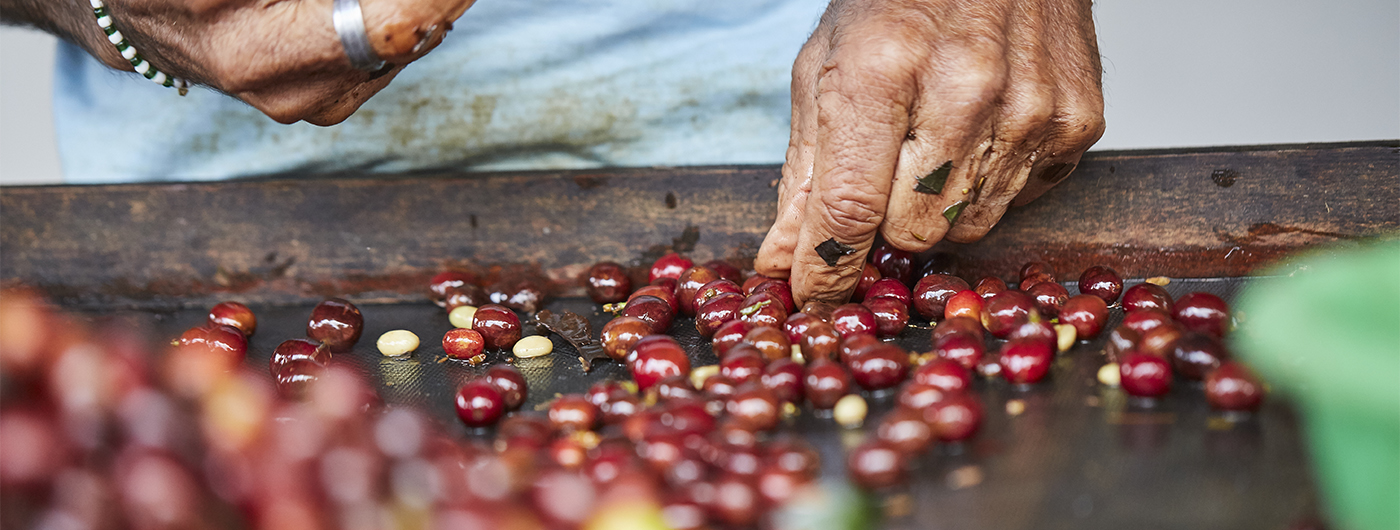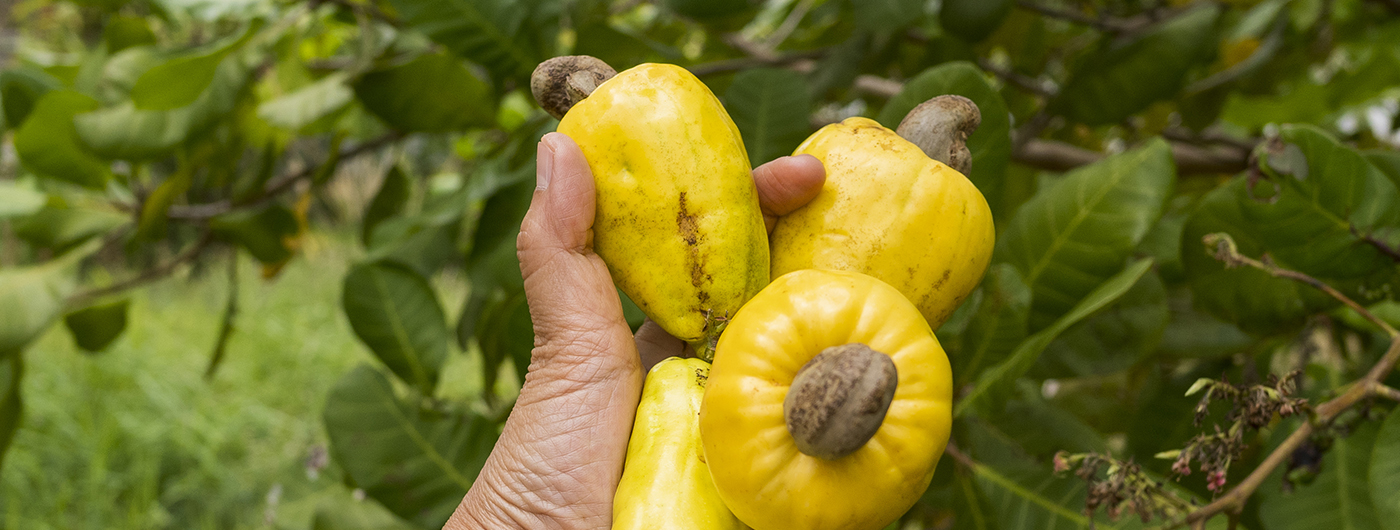

Coffee Market Analysis Report (16-18 September 2024)
This report provides a detailed analysis of the global coffee market from September 16th to 18th, 2024, focusing on key stock movements, trading positions, production forecasts, and the impact of macroeconomic and environmental factors. It highlights the significant shifts in certified washed Arabica coffee stocks, speculative market positions, and the broader commodity landscape, while addressing the influence of adverse weather patterns on major coffee-producing regions.
Certified Washed Arabica Stock Movements and Grading Trends
During the period under review, certified washed Arabica coffee stocks experienced notable fluctuations:
- – September 18, 2024: Stocks increased by 2,931 bags, bringing the total to 853,802 bags, of which 97.91% are stored in Europe. Brazil accounted for 47.65% of these stocks, while 11.25% originated from Honduras. Notably, pending grading stocks decreased by 10,991 bags, leaving 14,950 bags pending.
- – September 17, 2024: A decline of 5,380 bags was recorded, reducing total stocks to 850,889 bags, with Brazil and Honduras holding steady at 47.37% and 11.38%, respectively. However, pending grading stocks increased by 2,240 bags, totaling 25,941 bags.
- – September 16, 2024: Stocks decreased by 2,205 bags, resulting in 856,269 bags certified, of which 47.39% were from Brazil and 11.39% from Honduras. Pending grading stocks dropped by 8,230 bags, ending at 23,701 bags.
This consistent movement in stocks and pending grading reflects an active period in the Arabica market, with Europe continuing to dominate as the primary storage hub for certified stocks.
Trader Commitments and Market Position Adjustments
The Commitment of Traders (COT) reports during this period showed modest but meaningful shifts across both the Arabica and Robusta markets:
- – Managed Money & Speculative Positions: On September 17, 2024, Managed Money funds increased their net long position in the New York Arabica market by 0.76%, reaching 56,627 lots, equivalent to 16,053,754 bags. The Index Fund sector reduced its net long position by 1,078 lots, settling at 52,090 lots. Speculative Non-Commercial traders marginally reduced their net long position by 17 lots to 39,084 lots, or 11,080,314 bags. This reduction likely reversed due to stronger market performance in subsequent days.
- – London Robusta Market: The Robusta market also saw increased activity, with the Managed Money sector expanding its net long position by 73 lots to 35,106 lots, equivalent to 5,851,000 bags. The arbitrage between the New York Arabica and London Robusta widened across the days, reaching 23.96 Usc/Lb on September 18th, representing a 9.06% price discount for Robusta, an increase from the 7.97% recorded on September 17th and 7.92% on September 16th.
This expansion in speculative positions indicates growing confidence among traders in both markets, buoyed by stronger market fundamentals and speculative buying.
Production Outlook and Climate Considerations
The global coffee production outlook remains mixed as the 2023/24 crop year draws to a close, and the 2024/25 season approaches. The El Niño climate phenomenon continues to cast uncertainty, particularly on the robusta and arabica crops in Vietnam and Brazil:
- – Vietnam: Pre-harvest forecasts for the 2024/25 robusta crop suggest production may fall short of expectations, primarily due to the lingering effects of El Niño. Despite this, Vietnam, the world’s largest robusta producer, is projected to produce 28 million bags in the coming year, with 95% of this volume expected to be robusta. Typhoon Yagi’s impact on northern Vietnam caused localized damage, though key coffee-growing regions in the south remain largely unaffected, setting the stage for the upcoming harvest.
- – Brazil: Persistent dry conditions in key arabica-growing regions, particularly in Minas Gerais and Espírito Santo, have exacerbated concerns over the 2025/26 crop. Soil moisture levels are reported to be 35.98% below the five-year average, which, coupled with high daytime temperatures, threatens early flowering and crop development. As Brazil’s rainfall deficits continue, producers are increasingly reliant on timely spring rains to sustain next year’s arabica output potential.
- – Central America and Mexico: A projected 6.40% increase in production is expected across this region for the 2024/25 coffee year, driven by recovery efforts in Honduras, Nicaragua, and Costa Rica. However, output remains 12.50% below historical averages due to lingering challenges from the previous decade.
- – Colombia: Recovery in Colombian production is encouraging, with forecasts predicting 12.80 million bags for the upcoming washed arabica harvest. Domestic consumption continues to rise, projected to increase by 1.60% to reach 2.30 million bags.
Overall, while these forecasts reflect some optimism, particularly in Colombia and Central America, El Niño’s adverse effects continue to weigh heavily on production estimates, especially for Vietnam and Brazil.
Market Performance and External Factors
Global commodity markets exhibited a mixed but generally positive performance during the review period, with coffee prices showing significant volatility:
- – September 18, 2024: Commodity markets, particularly coffee, sugar, and agricultural commodities like corn and soybeans, closed higher following the release of positive U.S. retail sales data. The U.S. Dollar showed strength, trading at 1.319 Sterling and 5.483 Brazil Real. This firm performance supported speculative buying in coffee markets, pushing prices higher.
- – September 17, 2024: The coffee markets demonstrated upward momentum early in the day, but increased selling pressure towards the close caused a sharp reversal, with prices falling into negative territory. Nonetheless, London Robusta maintained a strong position, registering triple-digit gains in modest volume terms before softening.
- – September 16, 2024: Coffee markets closed firmer alongside other commodities, buoyed by expectations of interest rate cuts from the European Central Bank. This drove market optimism, with coffee, cocoa, corn, and wheat all closing positively. The U.S. Dollar slipped, trading at 1.316 Sterling and 5.563 Brazil Real.
The coffee market from September 16th to 18th, 2024, exhibited marked volatility, driven by a combination of speculative trading activity, shifts in certified stock levels, and ongoing concerns about global coffee production due to weather anomalies. The influence of El Niño on major producing regions, particularly in Brazil and Vietnam, remains a key factor as traders and producers look ahead to the 2024/25 crop year. As macroeconomic conditions continue to evolve, including the potential for further monetary policy shifts, market participants should remain vigilant to both short-term price movements and long-term production forecasts.


